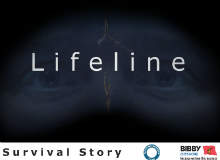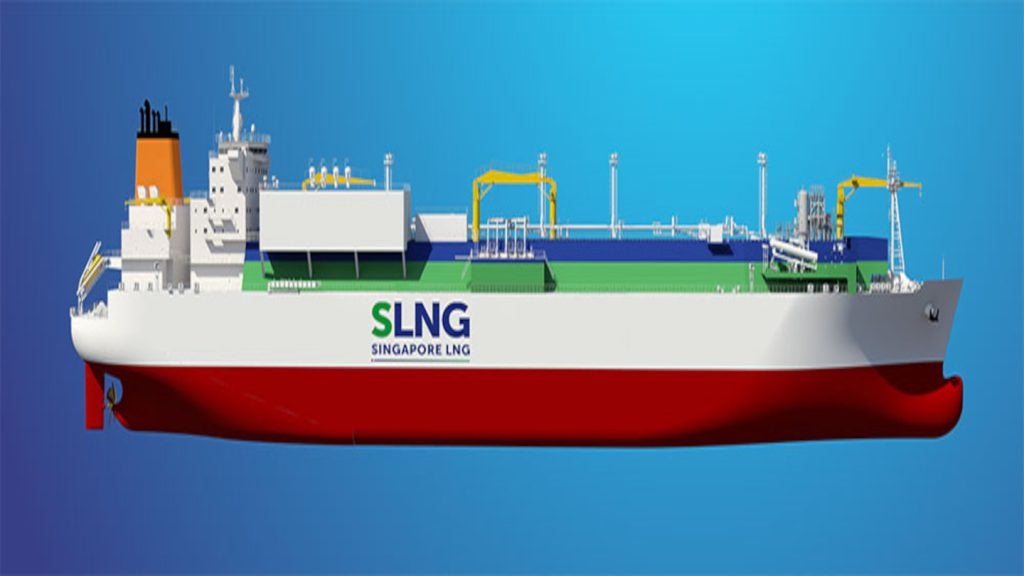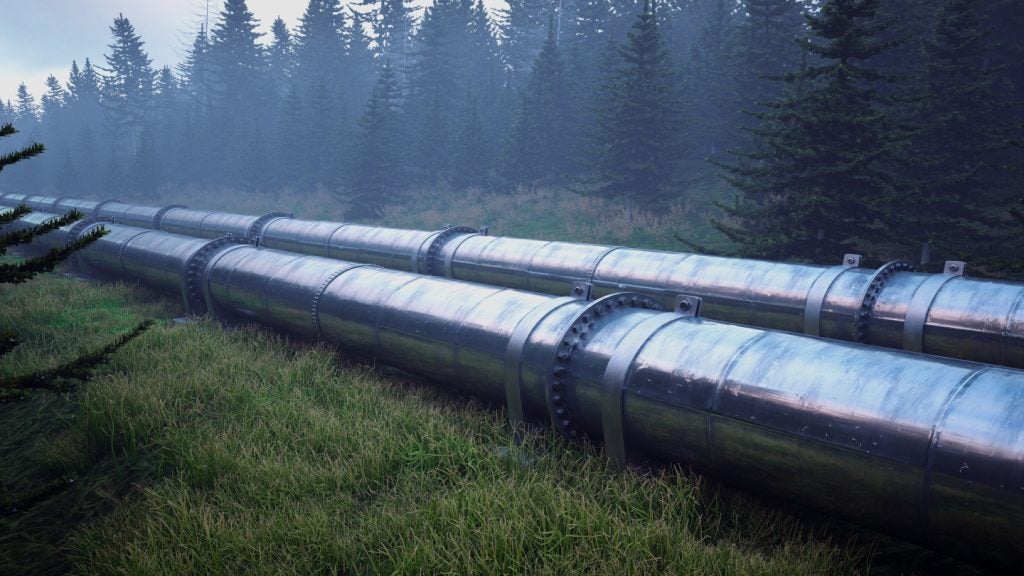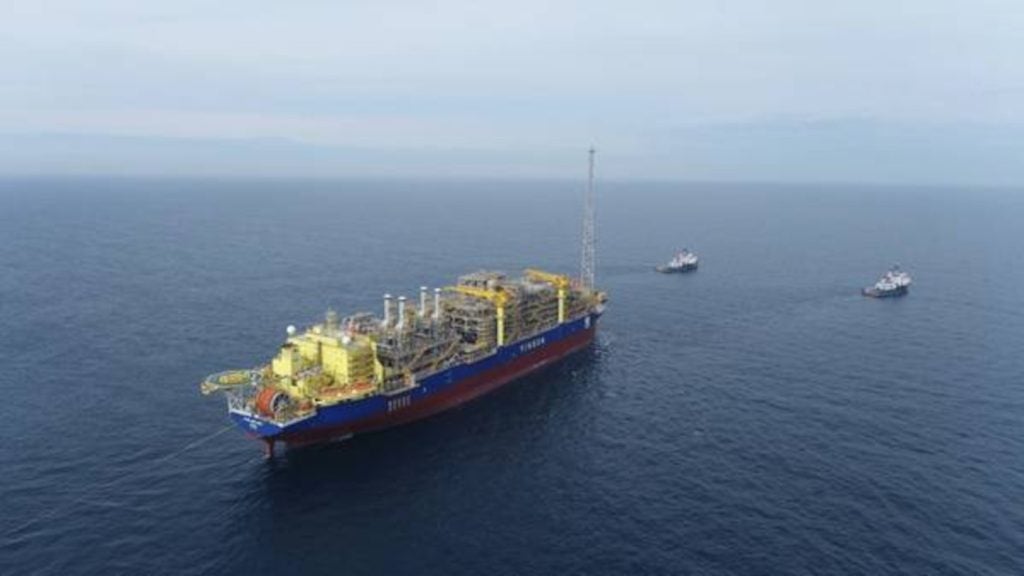
Documenting the Harrowing North Sea Rescue of a Diver

It’s every saturation diver’s worst nightmare. You’re working 90m below the surface of one of the toughest environments in the world – the North Sea – when a freak fault with the dynamic positioning onboard your support vessel causes it to drift 190m away.
As you begin making your way back to the dive bell your umbilical cord, your lifeline in the subsea world, becomes stuck and is then completely severed, leaving you tumbling to the seabed floor with only nine or ten minutes of emergency breathing gas, no hot water for your suit, and no light or communications.
This nightmare became a reality for saturation diver Chris Lemons in 2012. Fortunately, due to some luck and the efforts of his team, Lemons was rescued and brought back to the diving bell alive and with no long-term health effects.
Lifeline, a documentary produced by Floating Harbour Films, recounts the dramatic incident, and aims to remind the industry to always expect the unexpected, while focusing on the human aspect of health and safety. The film has been viewed by key industry players and is regularly shown at industry conferences around the world. Bibby Offshore group QHSE director David Forsyth and the film’s director Richard da Costa discuss the inspiration for making the documentary and its impact on the industry.
Heidi Vella-Starr: Why did you decide to make this documentary two years after the incident?
David Forsyth: It was very much about telling the story from the human factor side of things. We’d spent many months doing the investigation from a technical aspect and the industry was very interested to hear the findings and the lessons learned from that point of view, but we also wanted to tell the human side of the story.
How well do you really know your competitors?
Access the most comprehensive Company Profiles on the market, powered by GlobalData. Save hours of research. Gain competitive edge.

Thank you!
Your download email will arrive shortly
Not ready to buy yet? Download a free sample
We are confident about the unique quality of our Company Profiles. However, we want you to make the most beneficial decision for your business, so we offer a free sample that you can download by submitting the below form
By GlobalDataRichard da Costa: Another reason was there was a lot of interest in the incident, there was a demand from people to know more so putting that story into a film was a very good way of getting it out there to people.
HVS: The incident occurred due to a fault with the dynamic positioning system on the support vessel?
DF: Yes. It was a fault that hadn’t been expected or occurred before in that type of system. That particular type of system was first manufactured in 2007 and the company said there were over 1,700 vessels worldwide with this system onboard and it had never had this type of fault occur prior to this incident.
Since the incident, the company has introduced a watchdog to be installed in the system that will detect any excess noise or interference so that the system can deal with it. Every system has a level of redundancy but that redundancy failed at the time of the incident as well because of the unexpected fault, therefore the company has introduced modifications so that redundancy would still maintain communication, it wouldn’t be a full system failure.
HVS: The stranded diver, Chris Lemons, had no breathing gas for up to 26 minutes; how did he survive?
DF: We don’t know. In the film we have got subject matter expert Dr Fong and he says it could be something to do with the fact he had higher O2 content in his bailout [breathing equipment] than you would normally have, therefore there could have been a higher O2 content within his body. He was breathing out CO2 and the more he breathed the more the body sensed it required oxygen.
So the body can react in such a way that the more CO2 it detects the more oxygen it tries to get from somewhere. So [Lemons] would have fallen unconscious because the gases he was breathing out, carbon dioxide, rendered him unconscious, but there was still some oxygen in his blood that his body survived on, plus the extreme cold started to shut down a lot of the non-essential parts of the body but kept the vital organs going. There are various theories but there is not one definitive theory as to why.
RdC: Of course [Lemons’s] own response to the situation helped; he managed to keep very calm, if he had panicked he would have used the gas up much faster. Also he got himself to a place of relative safety [the diver climbed atop a structure on the seabed floor] where there was the best chance of being rescued. He did everything he could to ensure he stood the best chance of being found.
HVS: How often do life-endangering incidents happen involving saturation divers?
DF: This is unique. This type of incident has never occurred before. There have been diving fatalities, it was more common 30-40 years ago, but the industry is so heavily regulated, and also the risk perspective is so heavily controlled and managed through legislation, through process, procedures and industry best practise, that it is becoming a lot rarer. However, diving incidents do still occur on a daily basis around the world.
HVS: Has the company changed any practices and procedures since the incident?
DF: We have done a lot and are challenging the industry to make changes as well. I think the biggest thing was we do is train and do drills constantly. So [after the incident] there was more emphasis and focus on the realism of the drills and the exercises that were being carried out.
Diving equipment has been modified and enhanced. As with the procedures, they were pretty robust as they were, but it was a case of going back and making sure that everything we learnt from this incident we captured and revised as necessary.
On the marine side, and this was probably the biggest change, the guys who maintain the position of the vessel – the dynamic positioning officers [DPOs] – have been given time to drive the vessel manually. This is a big thing to come out of this because we found that driving the vessel manually was a skill, potentially, that the DPOs were not able to maintain because of technology. The manual driving skills of a vessel were potentially being lost or diverted to an extent.
We have changed procedures so we give the DPOs that time before we go into diving mode operation to drive the vessel manually to make sure they maintain the skills to do that. So if there is a technical issue or fault with the DP system or the associated systems then the DPOs know how to react – what to do, when to do it, how to do it, that sort of thing, and are able to maintain the position of the vessel purely by driving the vessel rather than relying on computer systems.
HVS: During the rescue attempt the team abandoned plans to lift the diver with a remote operated vehicle (ROV). Could this work in future?
DF: It has been debated and discussed not just within our organisation but within industry as well – is there the facility to be able to recover the diver with the ROV? But it is one of those things that still has not been concluded, if you could or you couldn’t – it depends on the type of ROV.
You might in some circumstances be able to recover, or at least rescue, your diver where you wouldn’t normally but it wouldn’t be part of any standard procedure. It is one of those things that, when faced with life or death you can say you have that option there but it is a decision that has got to be made at the time.
RdC: One of the risks of being able to do that is, even if [the rescue team] had been able to use the ROV to lift the diver, if they had lost him en route back to the bell that would have made the situation so much worse.
HVS: How long did the film take to make?
RdC: It took a long time, actually! A lot of sleepless nights…All the guys, because they live in lots of different places, came to be interviewed. That was one part of the process. Then there was going offshore and going through all the existing footage because it is very rare in a story like this that you have so much material to work with because obviously it was all recorded on the vessel. Then you have the editing process and post production, so it took months. Actually the film could have been a lot longer.
DF: We made the decision it should be 40 minutes early on and that was for the reason of using it at various forums.
HVS: What feedback have you had on the film?
DF: The feedback about how open, honest and transparent we have been has been one of the main aspects. We have challenged industry, diving companies and marine owners and vessel operators to make changes. That is the sort of impact it has had.







